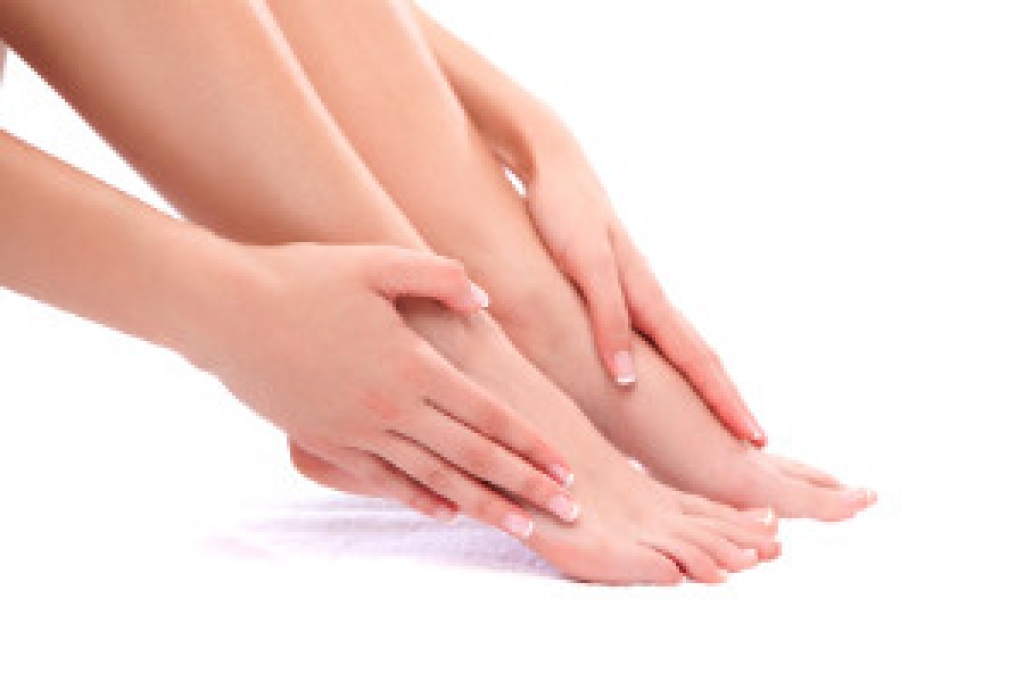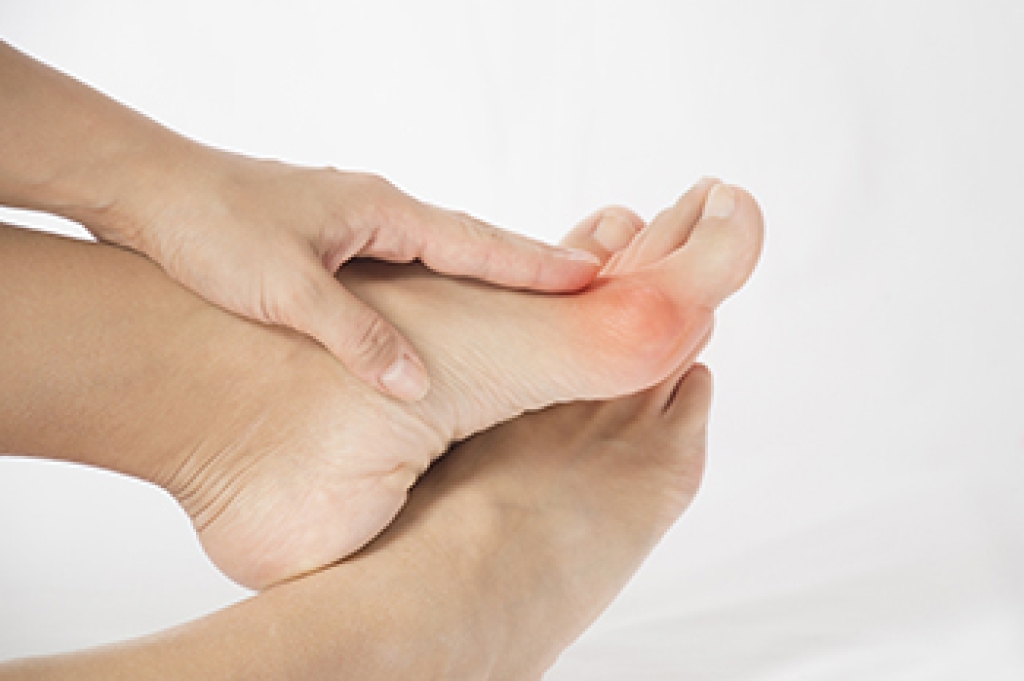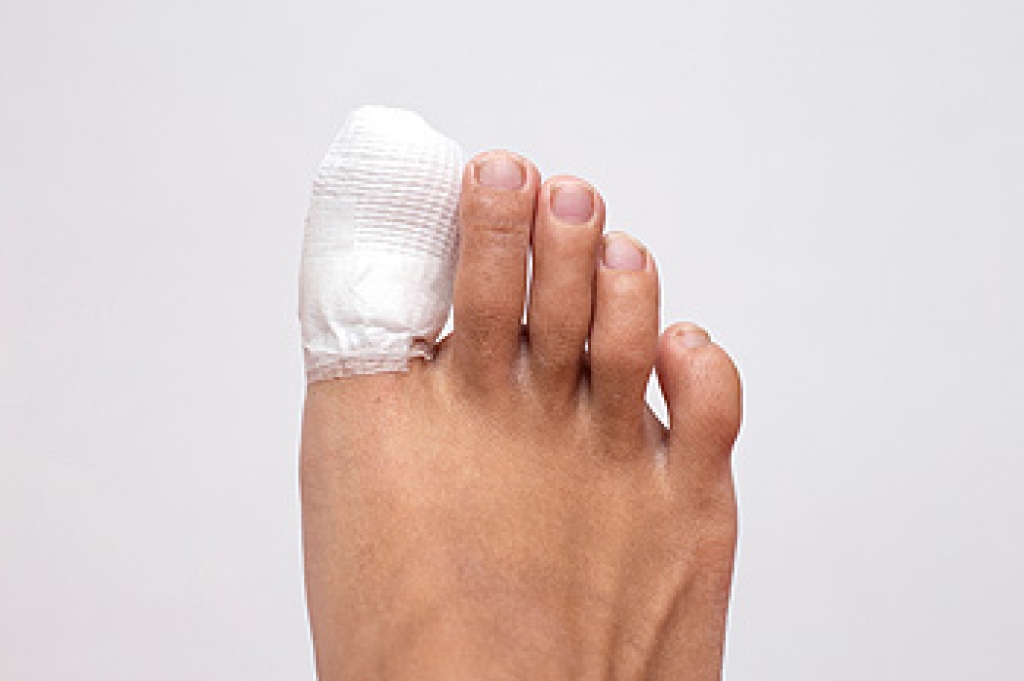
Children’s feet are different from those of adults in many ways. A baby’s foot is soft and flexible because their bones are still forming. It’s important to remember this fact when deciding on footwear for your young child. Experts warn against putting shoes on children too early. Even toddlers do better indoors without shoes, allowing their feet to become stronger and toes to develop a grasping action. A child needs to begin wearing shoes out of doors when they start to walk. These should not be too tight, and it is recommended to measure your child’s feet about every three months as they can grow quickly. Also, be on the lookout for abnormal walking patterns in your child as these may indicate underlying problems. However, do not worry that your child has flat feet, as they are born that way. The arch begins to develop as the child ages. Gait problems, such as in-toeing or out-toeing, may need to be looked at by a podiatrist, who is a medical professional trained to deal with problems of the feet, ankles, and toes.
Making sure that your children maintain good foot health is very important as they grow. If you have any questions, contact one of our podiatrists of Community Foot Specialists. Our doctors can provide the care you need to keep you pain-free and on your feet.
Keeping Children's Feet Healthy
Having healthy feet during childhood can help prevent medical problems later in life, namely in the back and legs. As children grow, their feet require different types of care. Here are some things to consider...
Although babies do not walk yet, it is still very important to take care of their feet.
Avoid putting tight shoes or socks on his or her feet.
Allow the baby to stretch and kick his or her feet to feel comfortable.
As a toddler, kids are now on the move and begin to develop differently. At this age, toddlers are getting a feel for walking, so don’t be alarmed if your toddler is unsteady or ‘walks funny’.
As your child gets older, it is important to teach them how to take care of their feet.
Show them proper hygiene to prevent infections such as fungus.
Be watchful for any pain or injury.
Have all injuries checked by a doctor as soon as possible.
Comfortable, protective shoes should always be worn, especially at play.
If you have any questions, please feel free to contact our offices located in Beavercreek, Dayton, and Vandalia, OH . We offer the newest diagnostic and treatment technologies for all your foot care needs.




